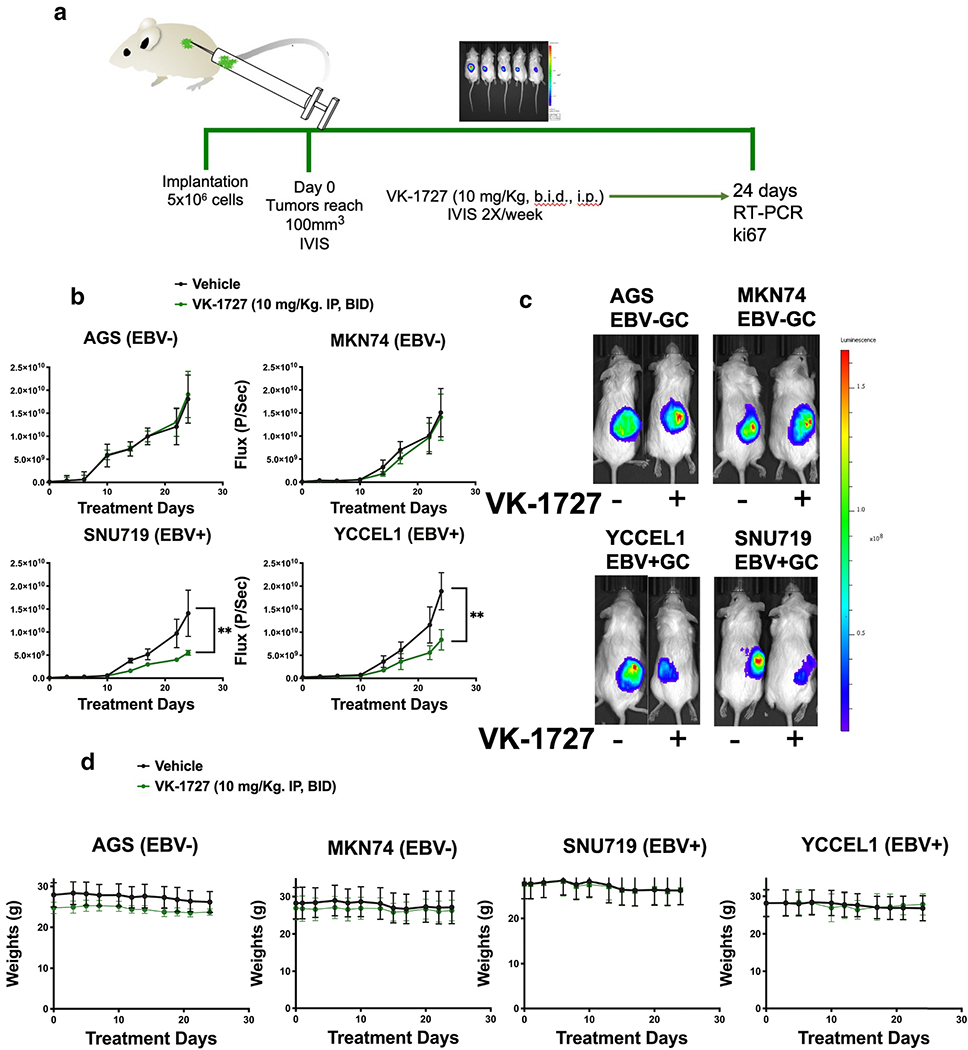Figure 4. VK-1727 Inhibits EBV-positive GC tumor growth in xenografts.

A. Schema illustrating key features of the in vivo experiments that were performed with VK-1727. NSG mice were implanted with 5 x 106 SNU719, YCCEL1, AGS, or MKN cells subcutaneously. When tumors reached 100 mm3, mice were randomized and treated daily with 0 (vehicle) or 10 mg/kg VK-1727, twice daily (b.i.d.). During treatment, the mice were continuously imaged using a Spectrum IVIS CT Bioluminescent Imaging System. At Day 24, the mice were sacrificed, weighed, and tumors were collected for further analyses. B. Graphs showing the changes in bioluminescence flux (photons/s) over time) (Student T test; ** p < 0.01). C. Images comparing the bioluminescence signals that were observed in mice implanted with GC cell lines treated with vehicle or VK-1727. For each pair, the left mouse was treated with vehicle and the right mouse was treated with VK-1727. D. Graphs comparing the changes in weight that were observed in mice engrafted with GC cell lines and treated with vehicle or VK-1727, twice daily i. p. Treatment with VK-1727 was not associated with weight loss or other clinical signs.
